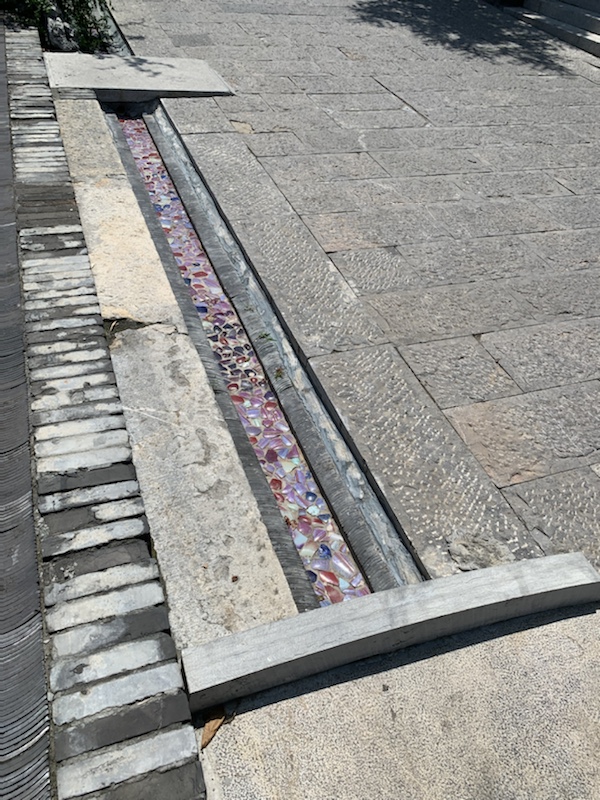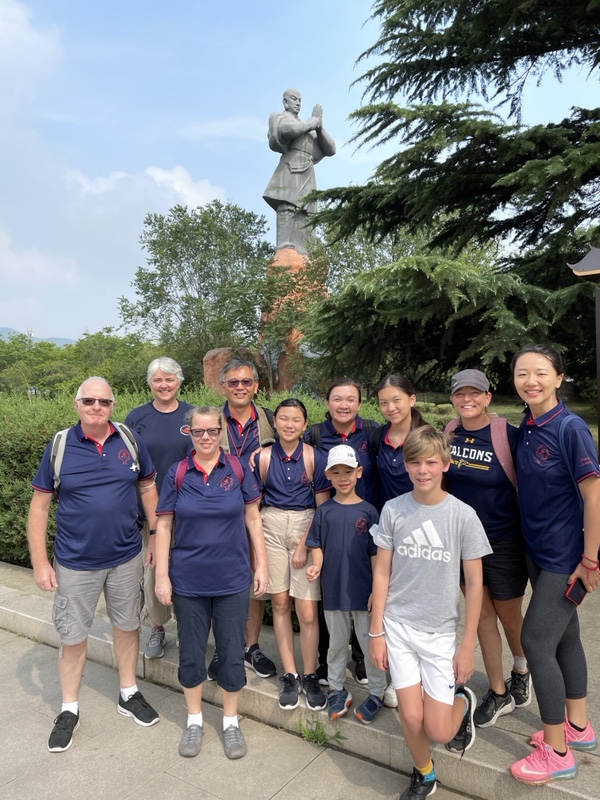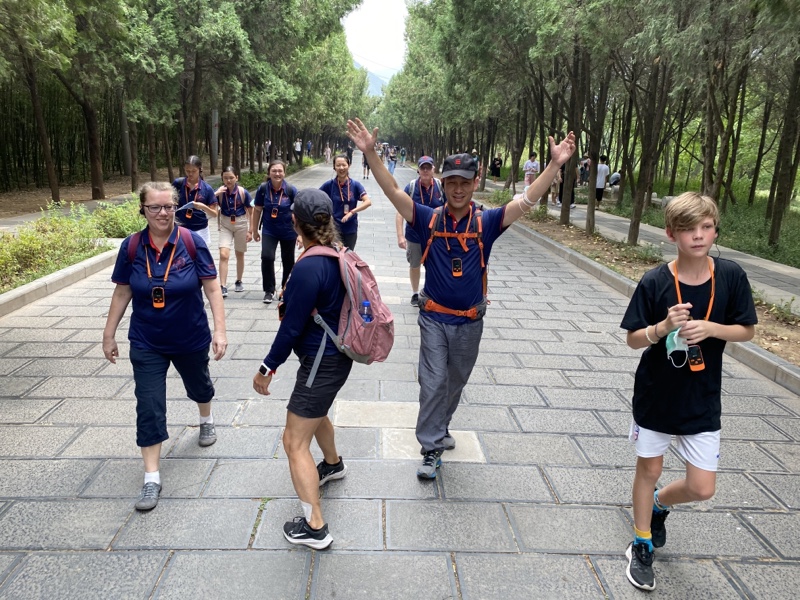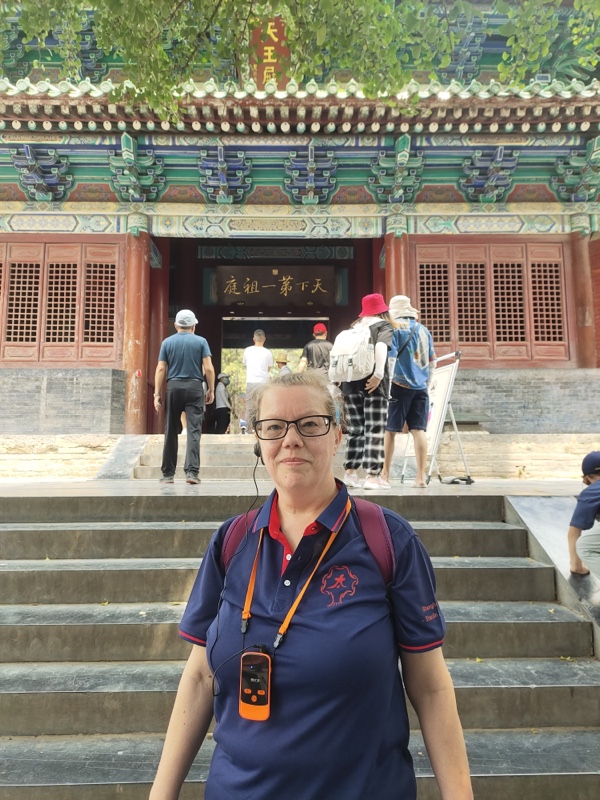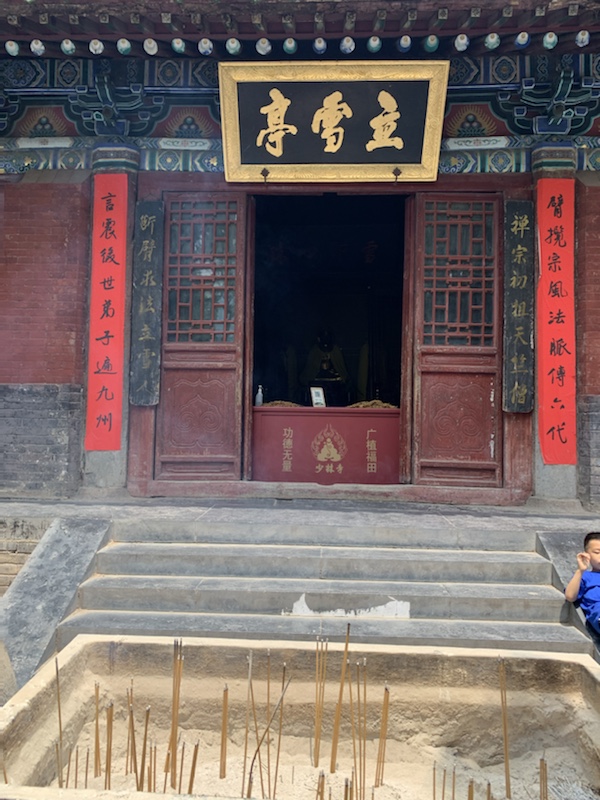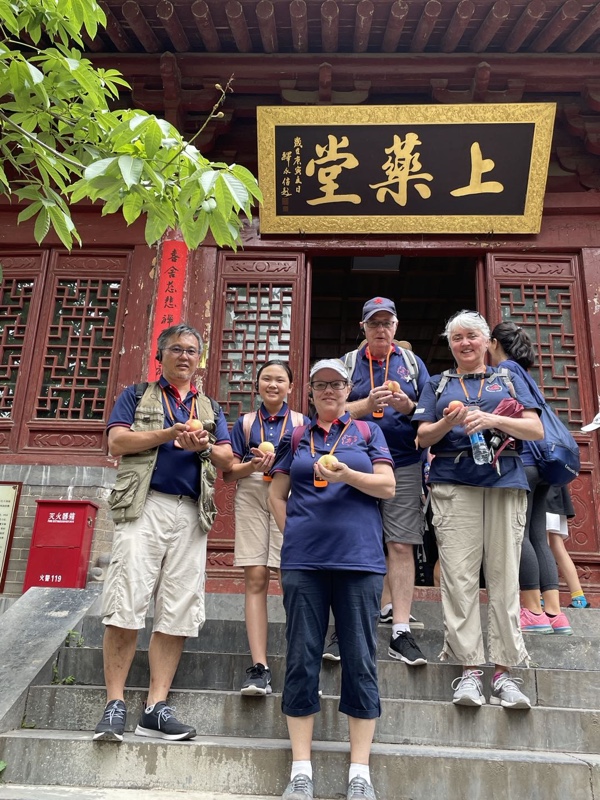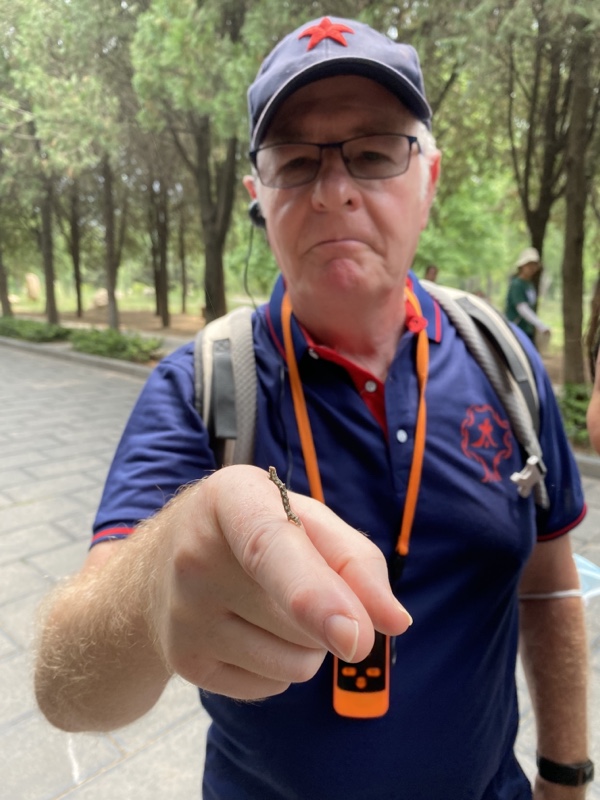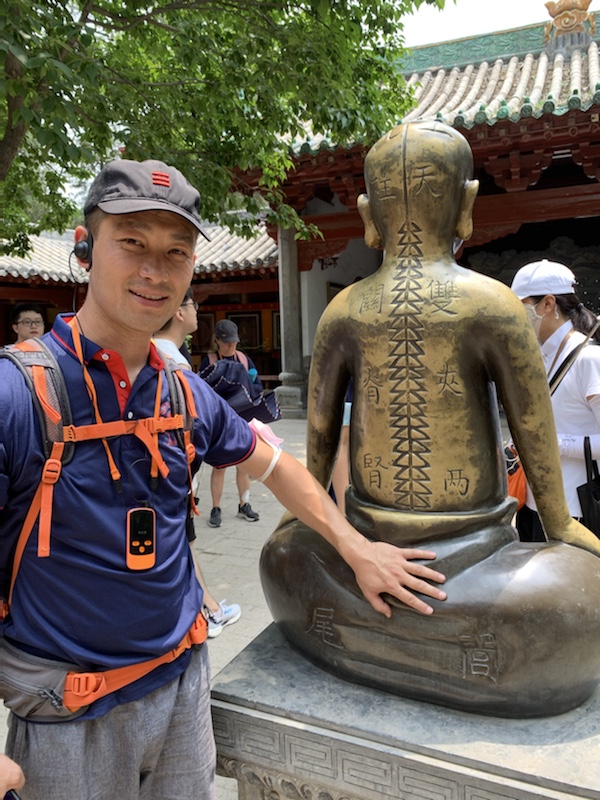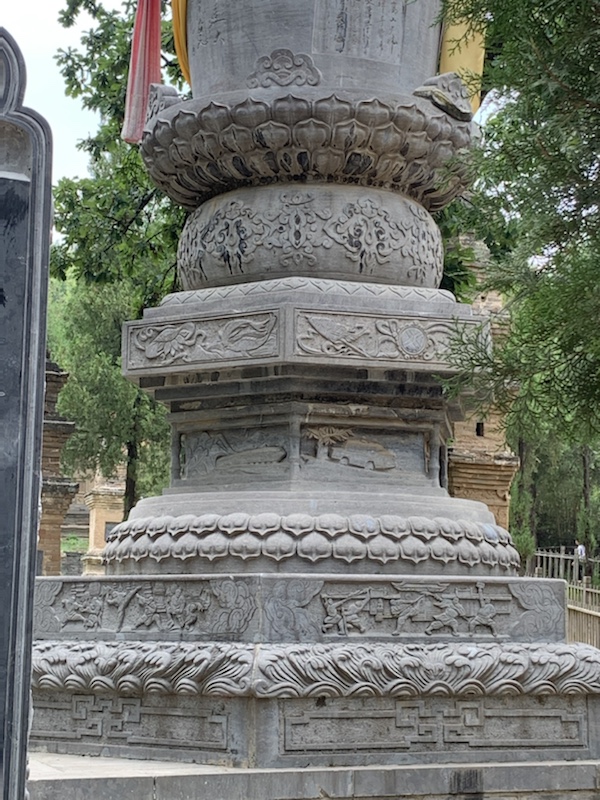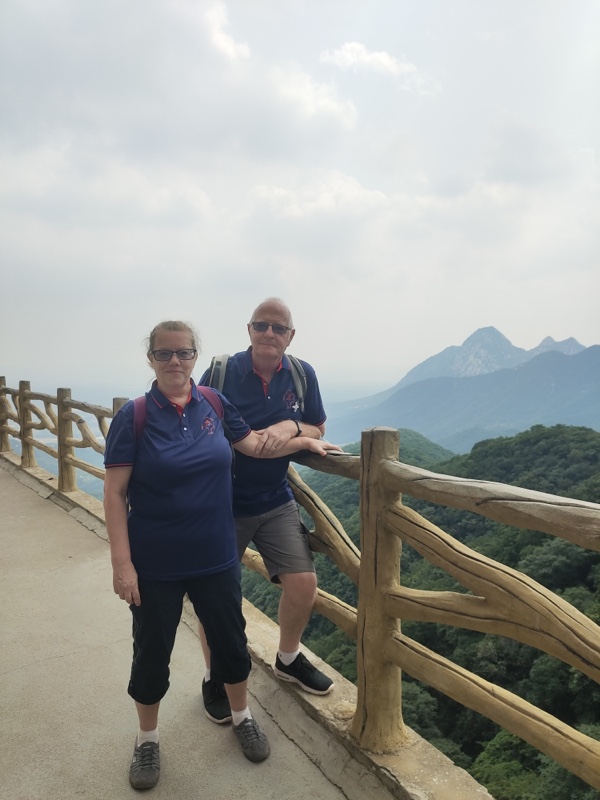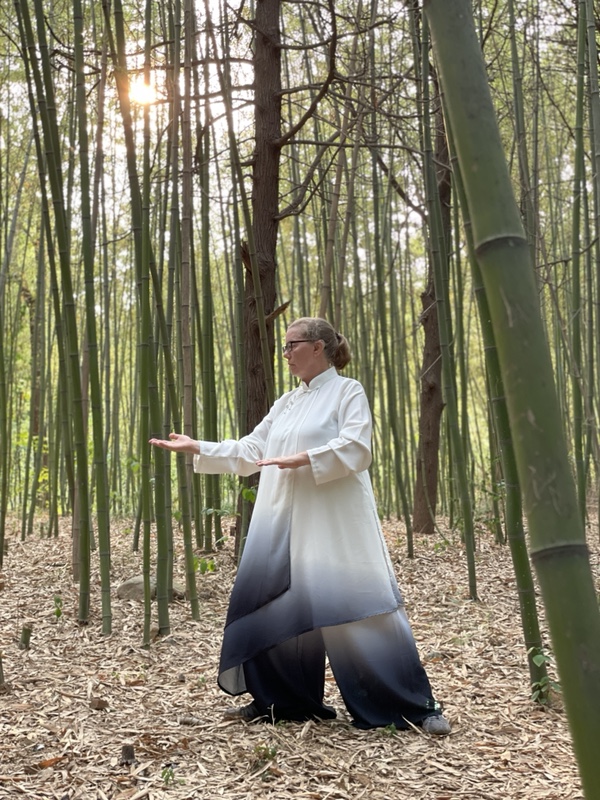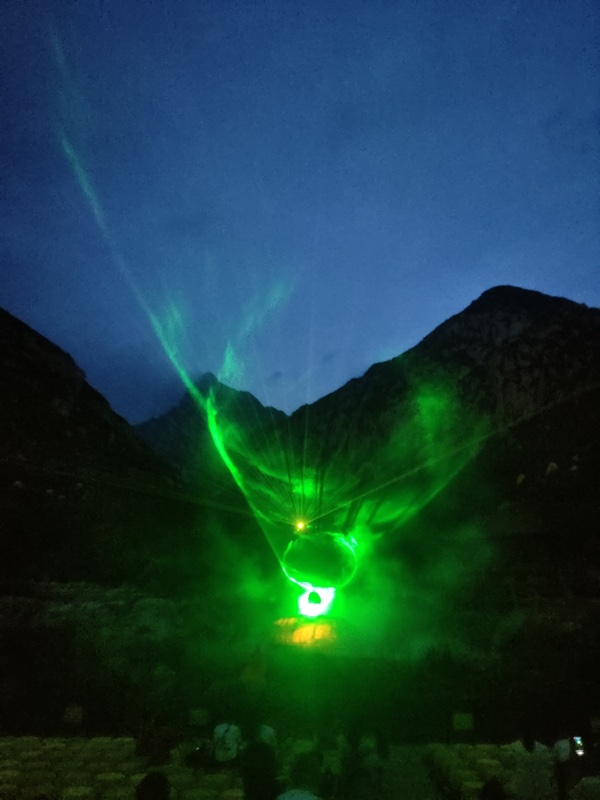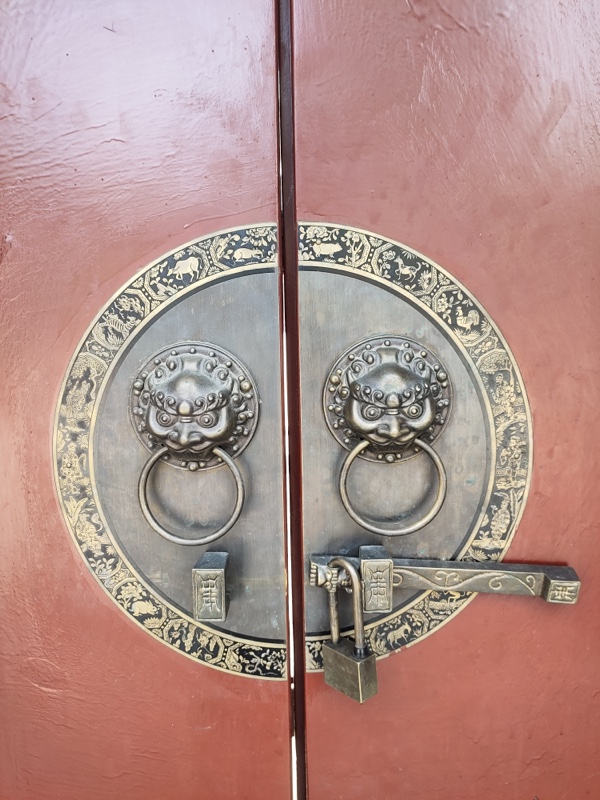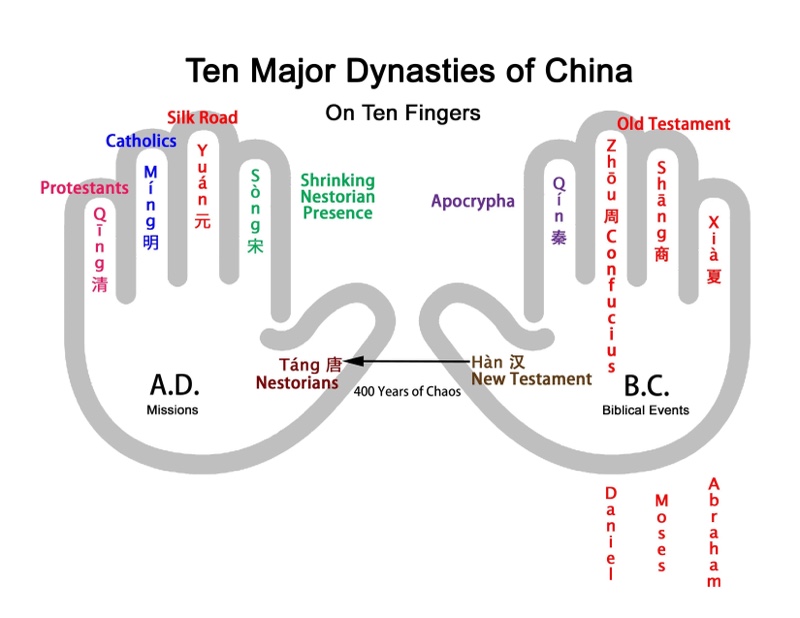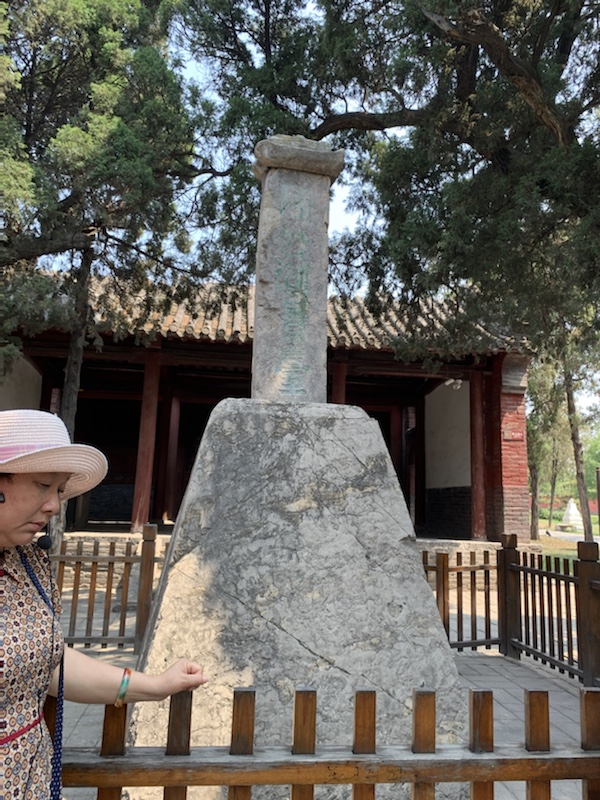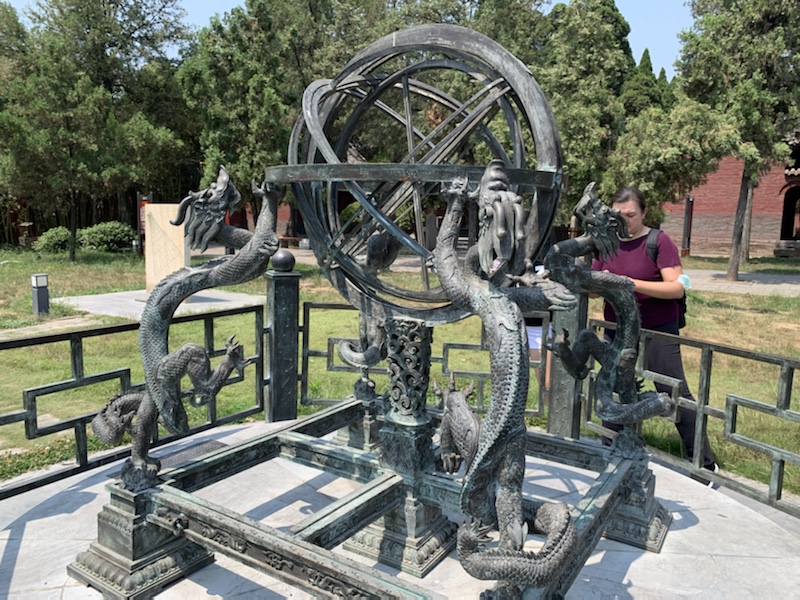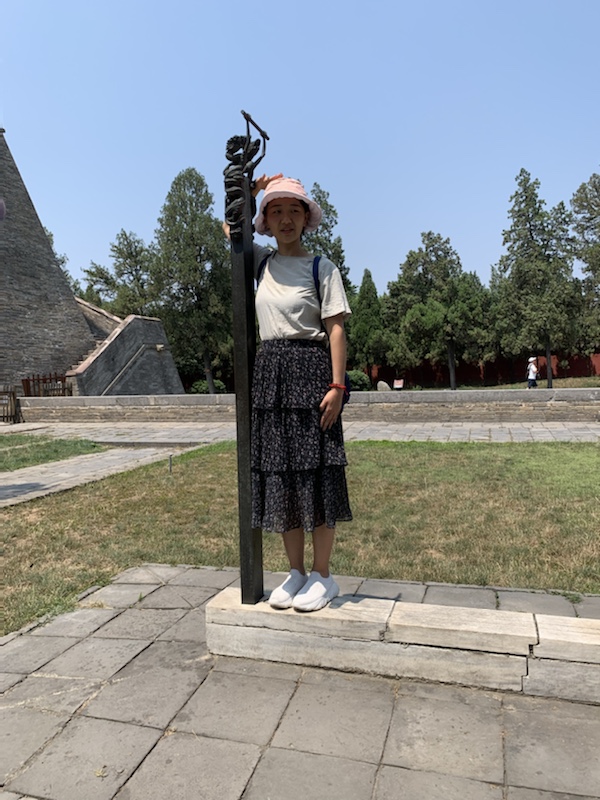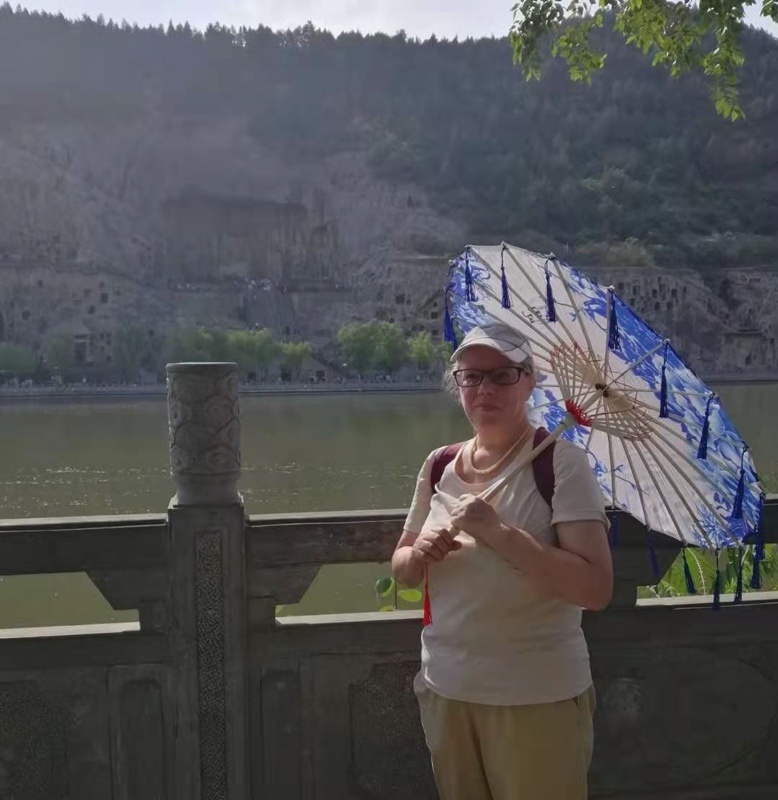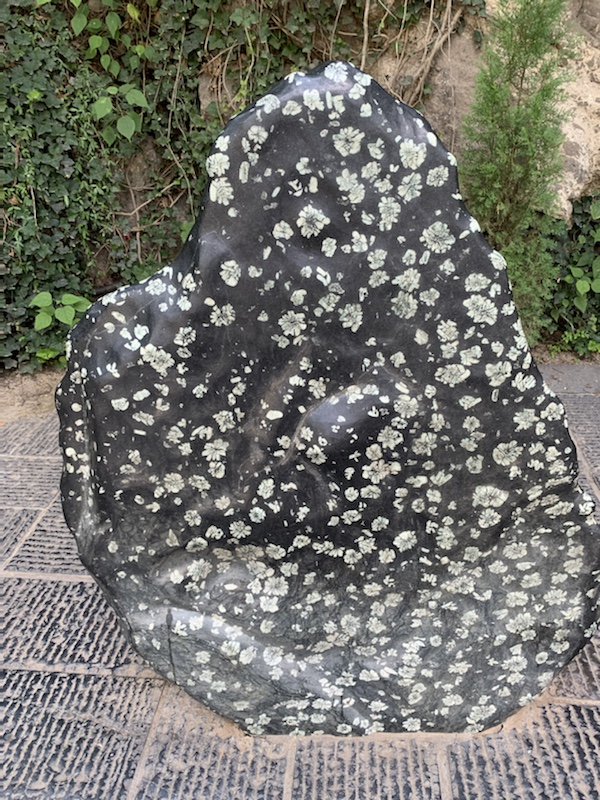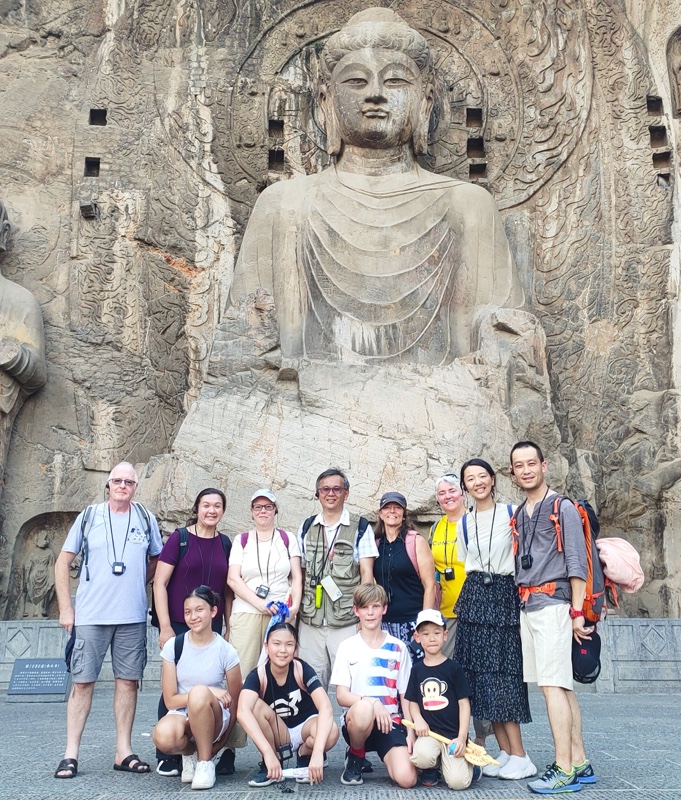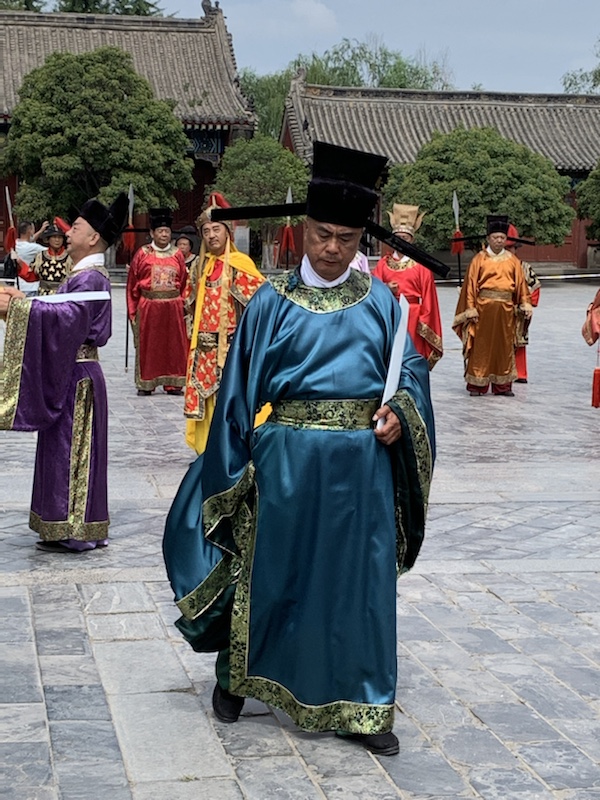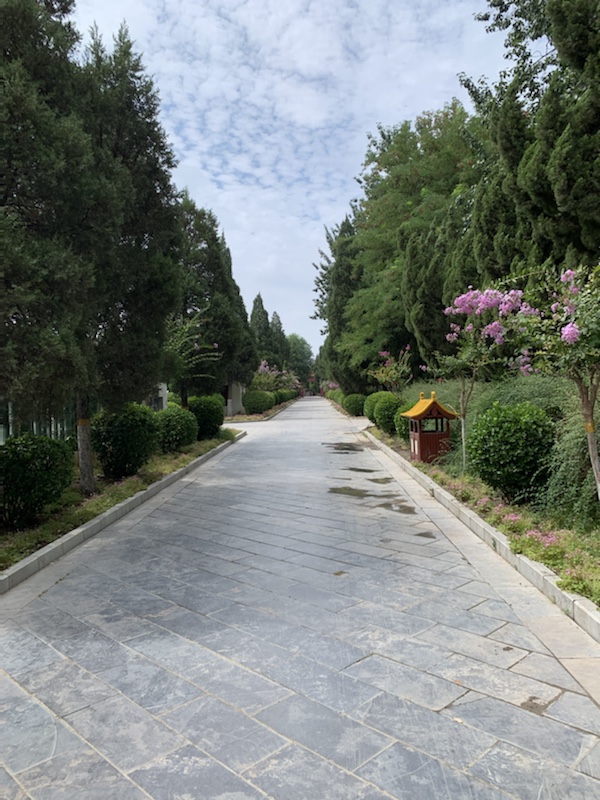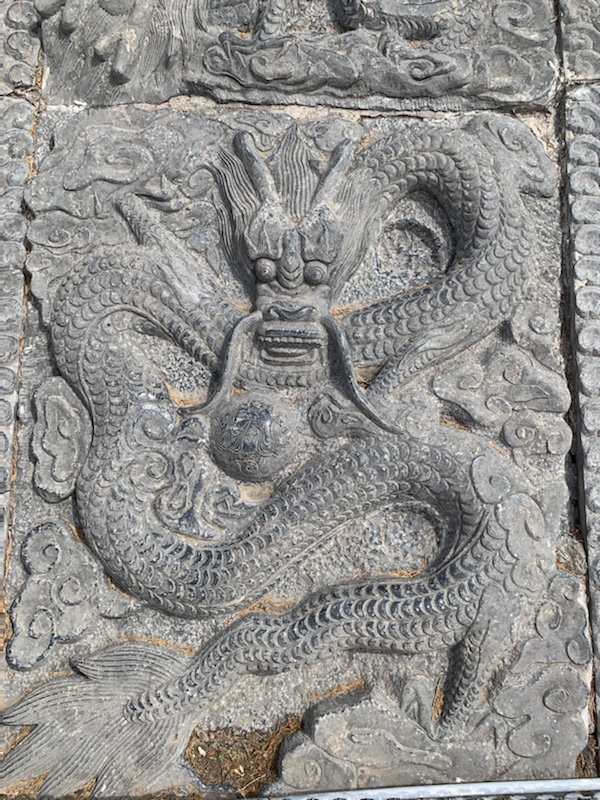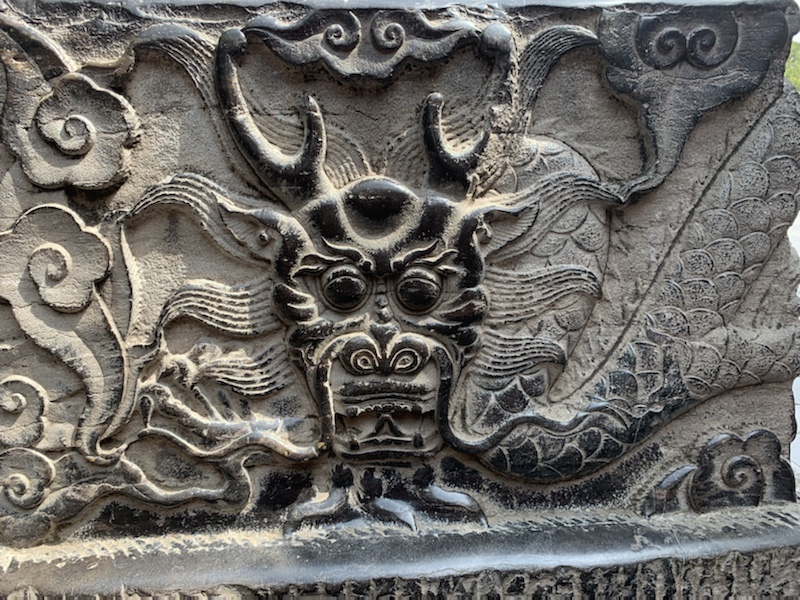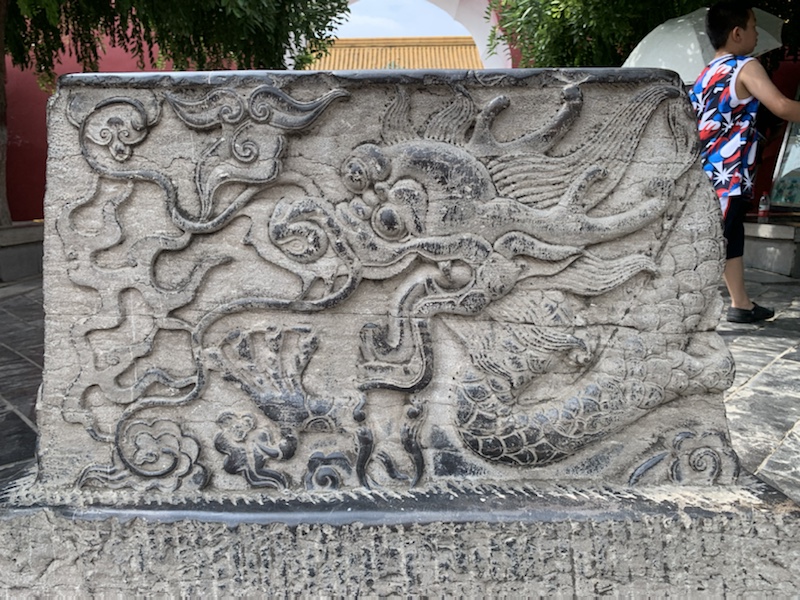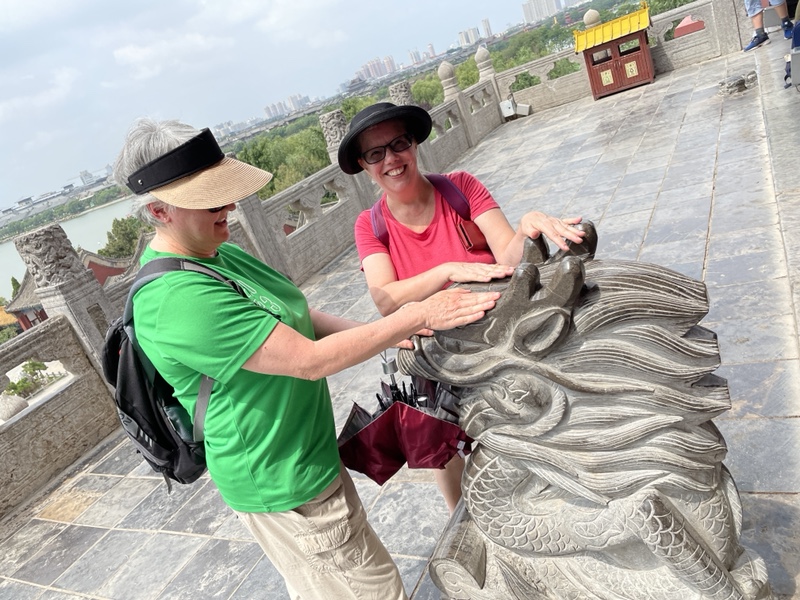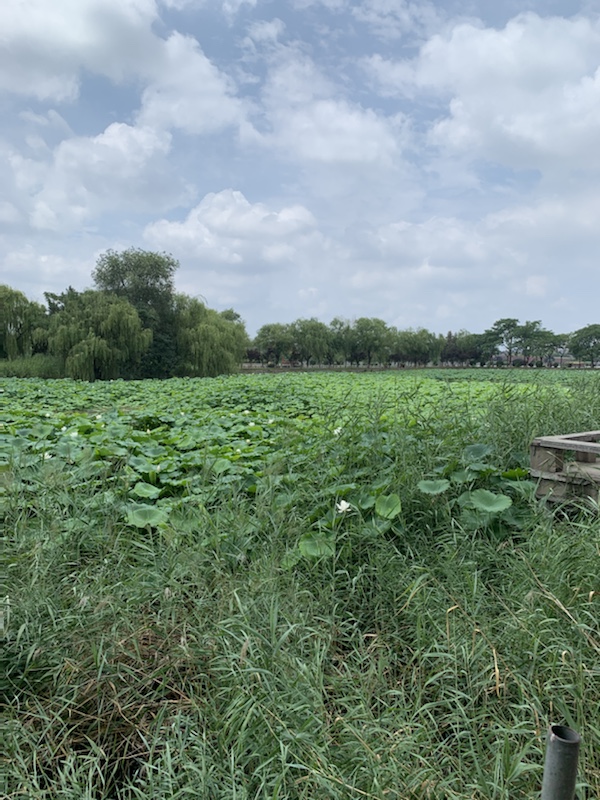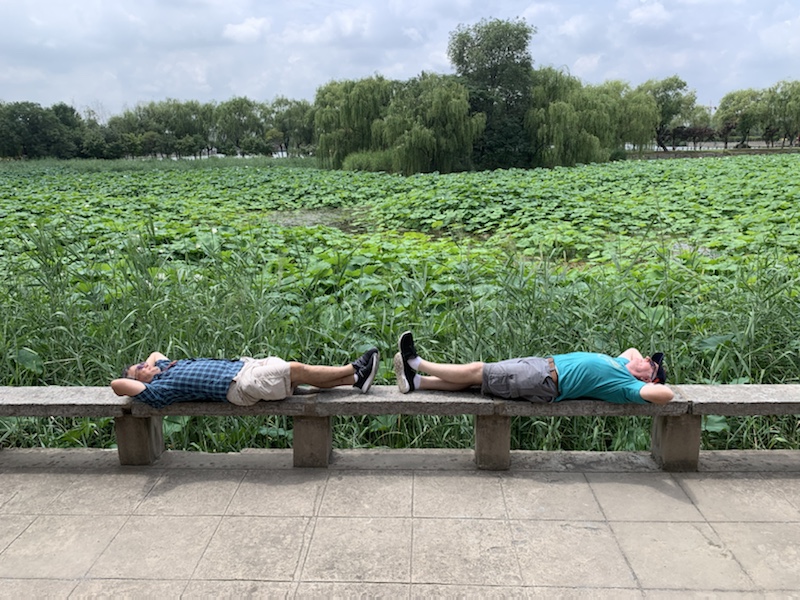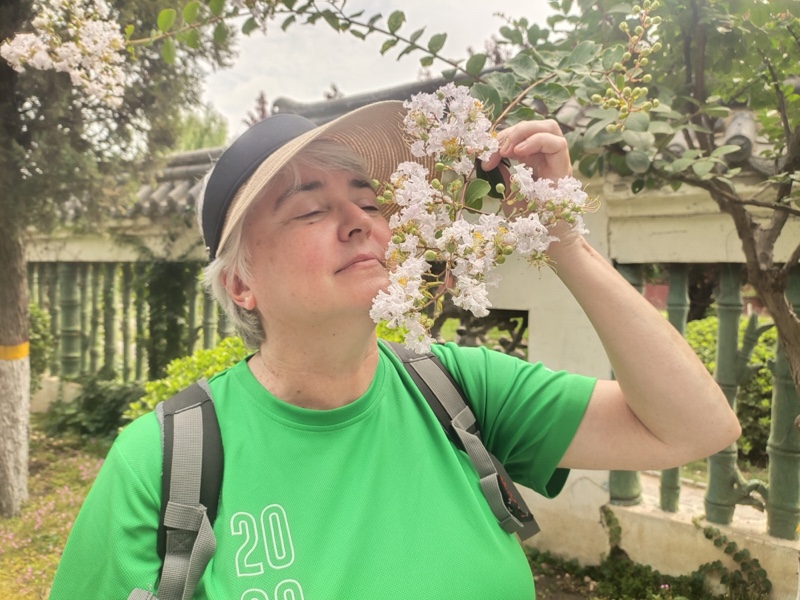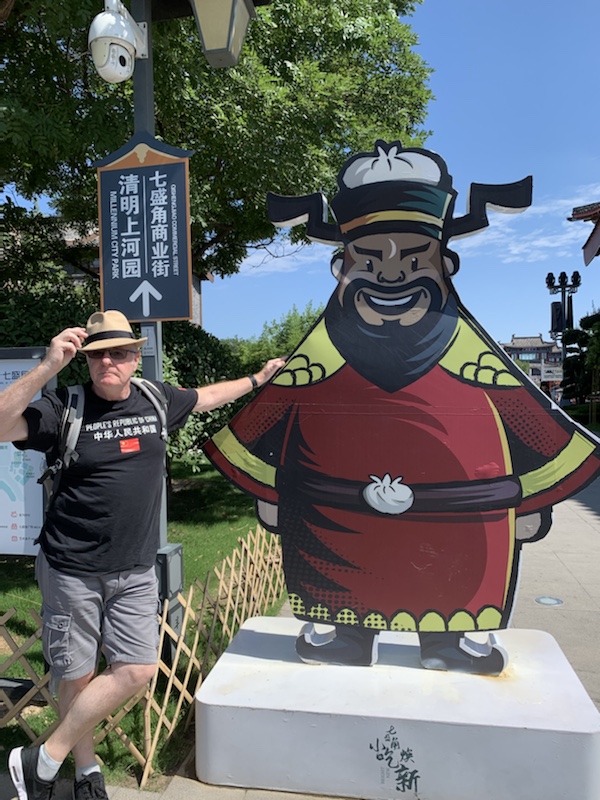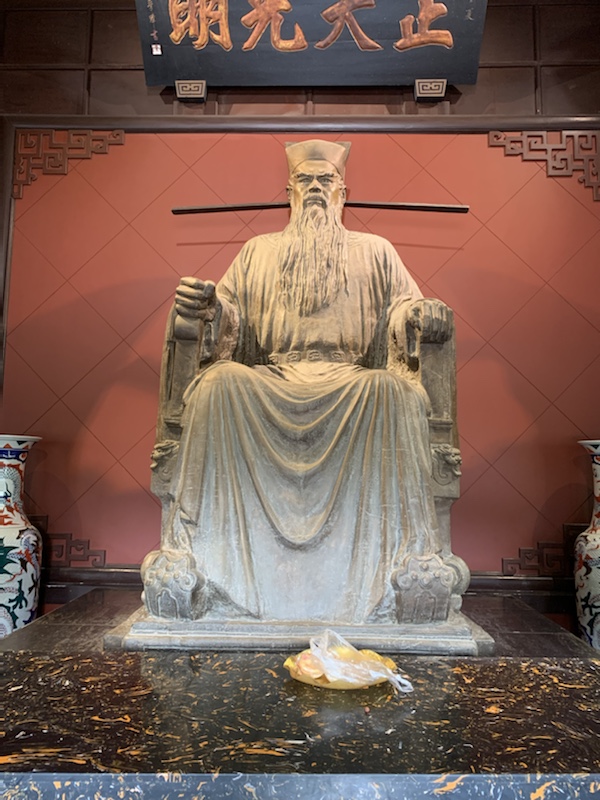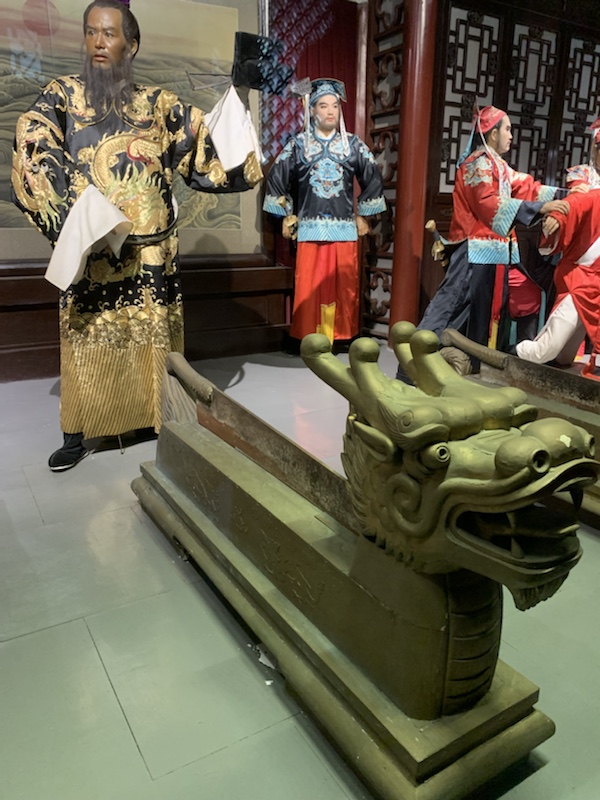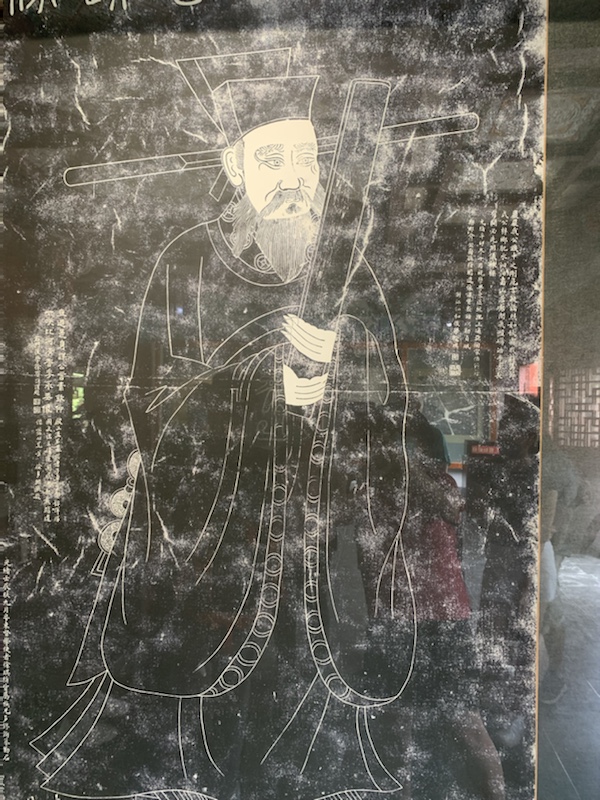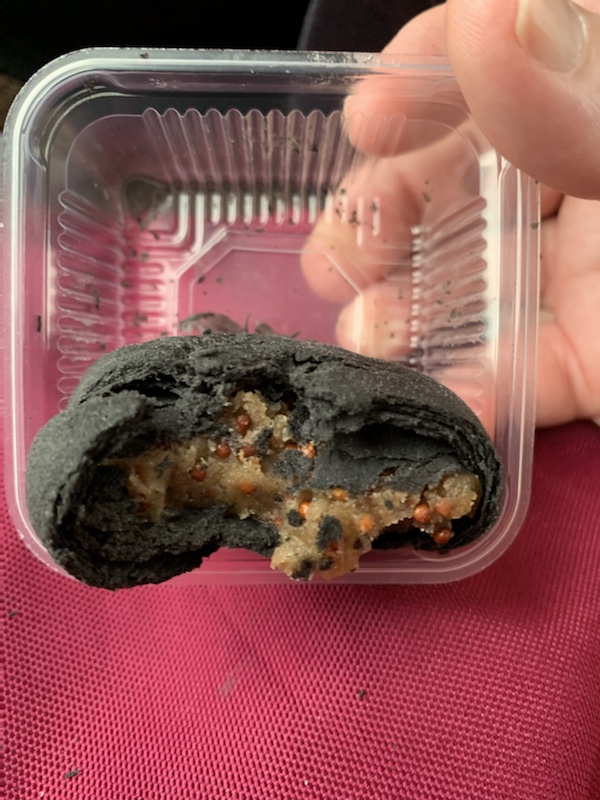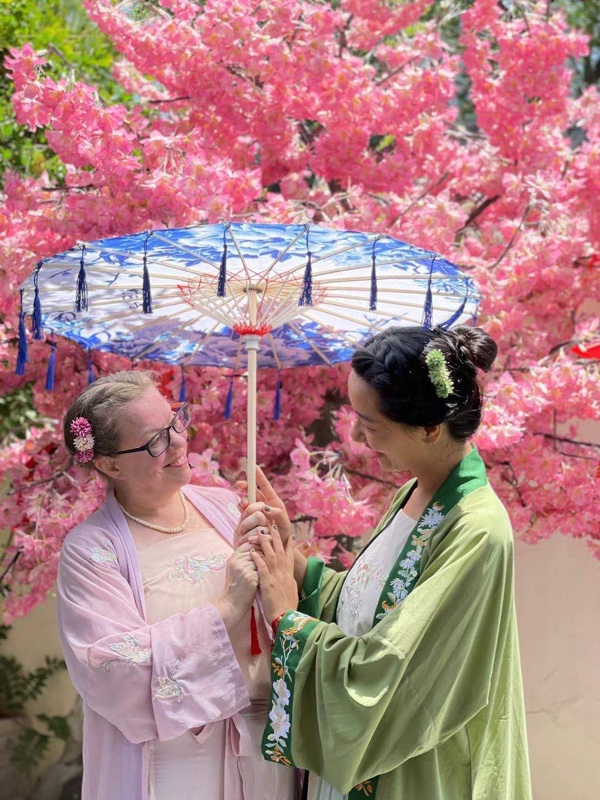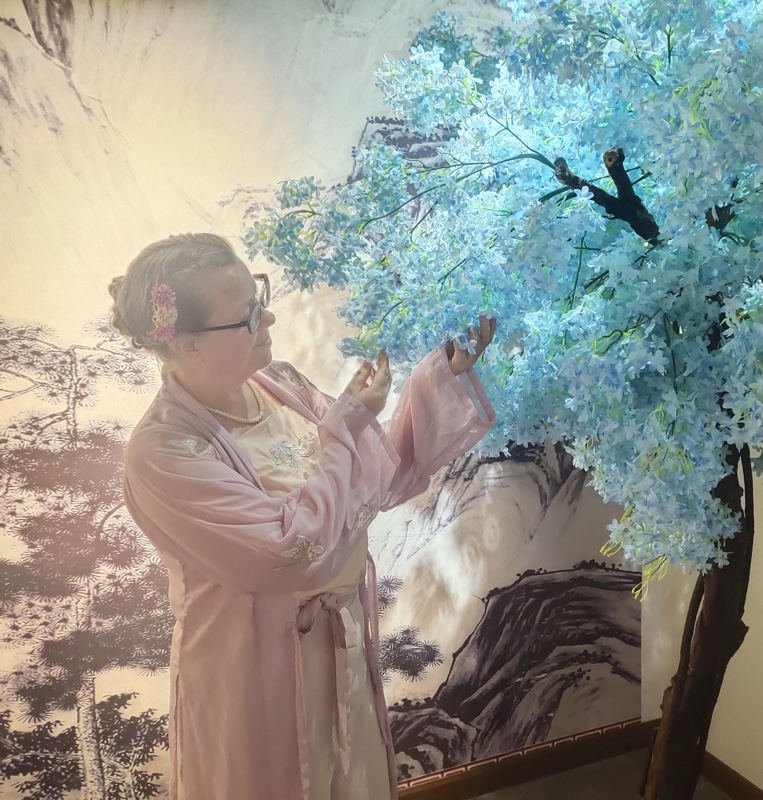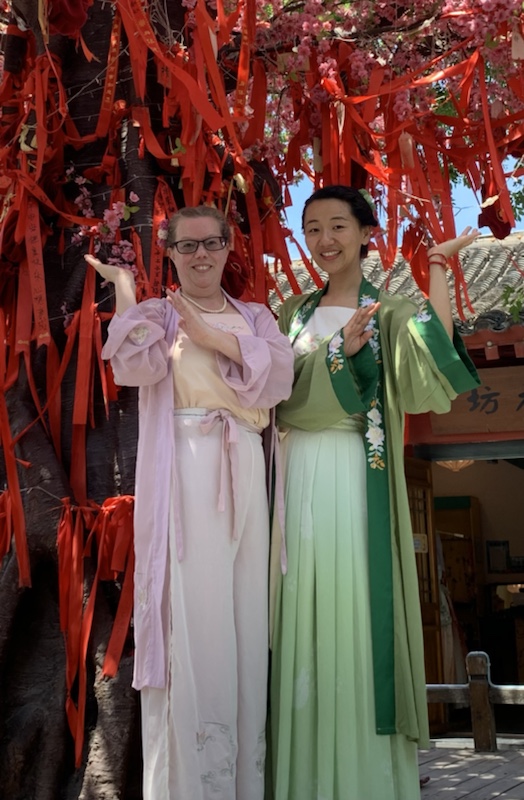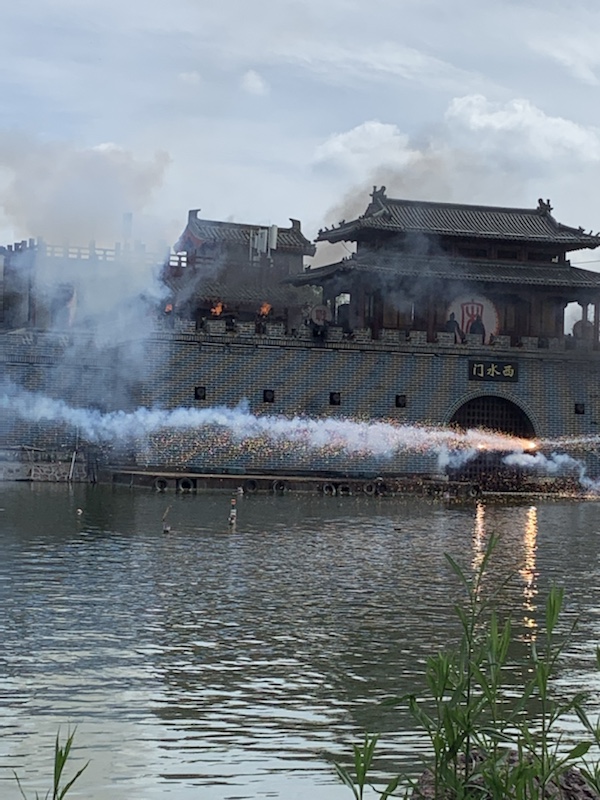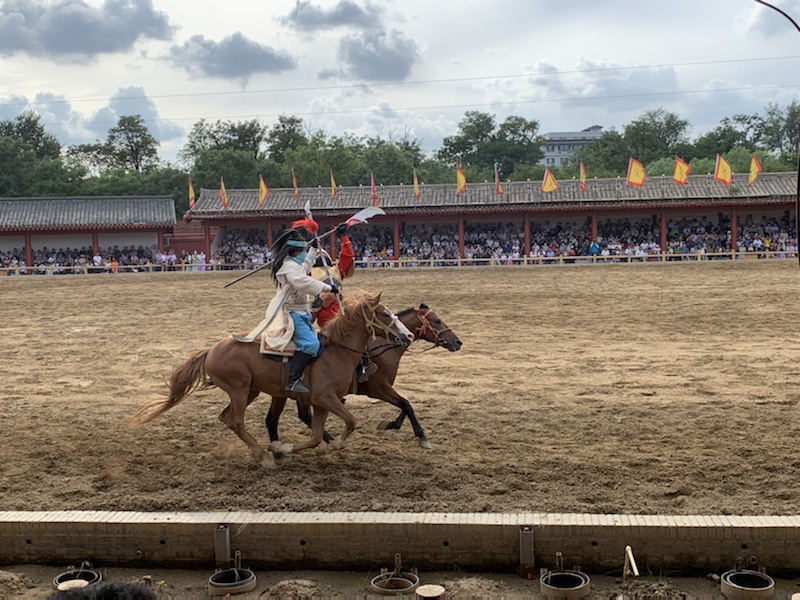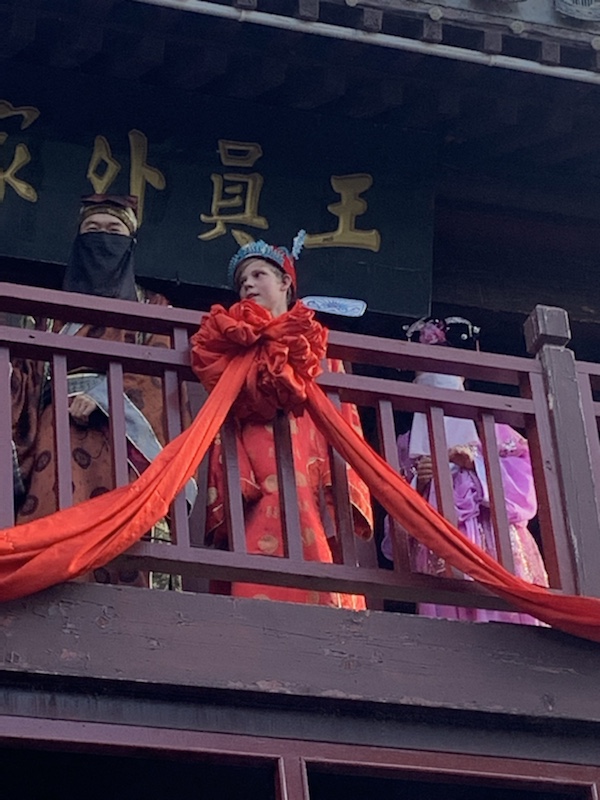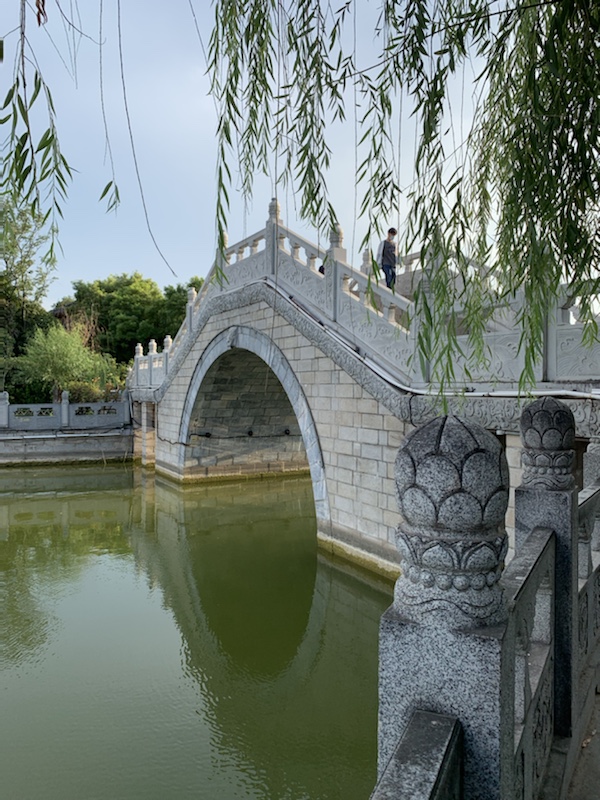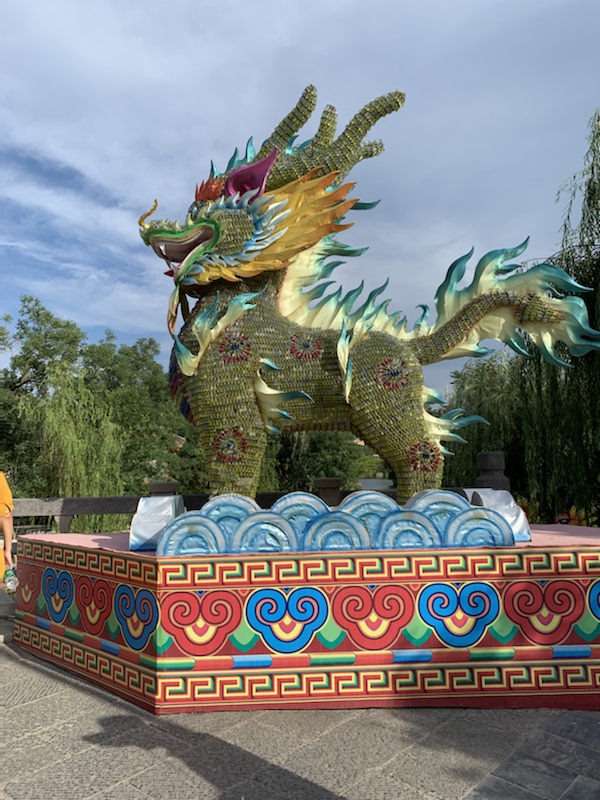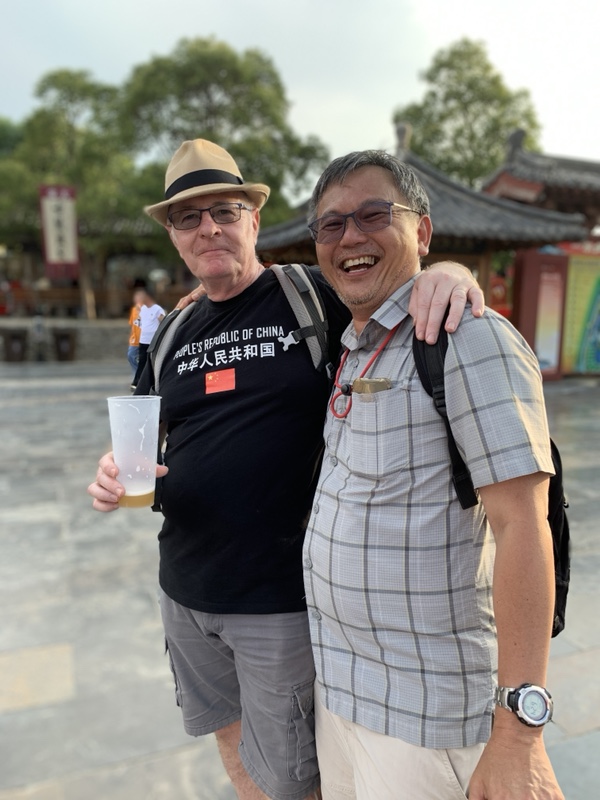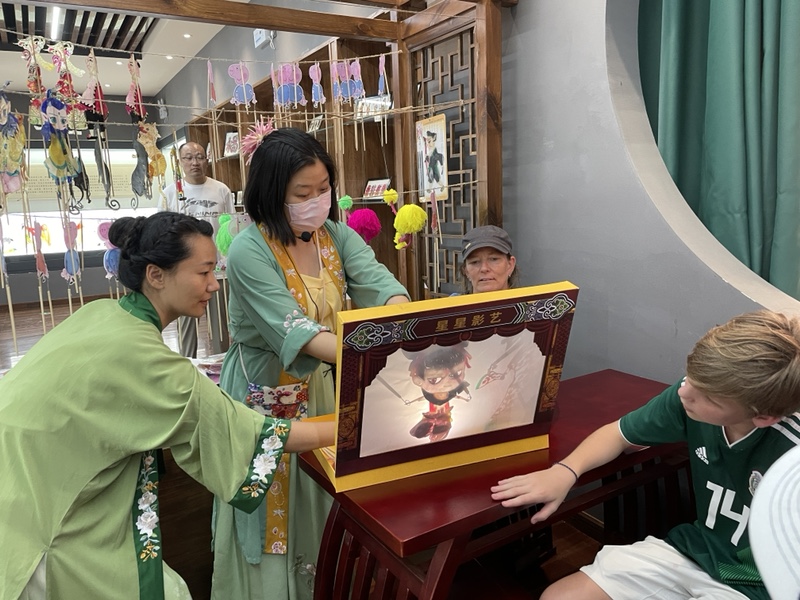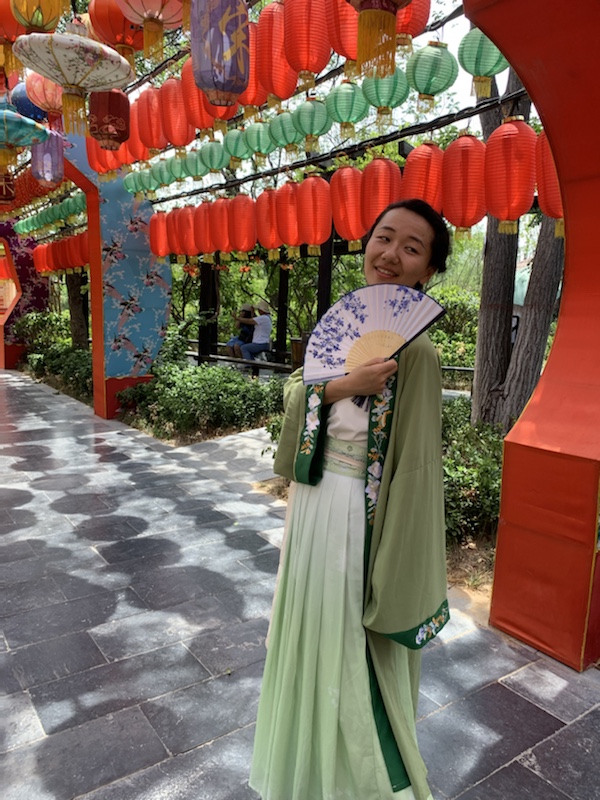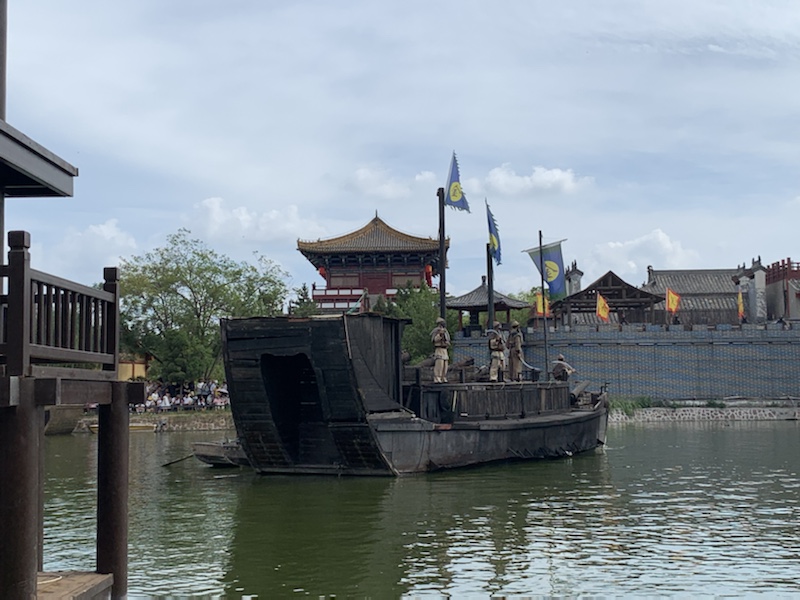Shenhou is a town in the Henan Province famous I am told, for making high quality porcelain or china (which gave the country its modern name) It is also our Shifu’s home town.

It is a beautifully restored old regional town built in a soft warm honey shaded stone. Somewhat off the beaten tourist track we were away from the crazy crowds of other places. To be honest, we foreigners attracted quite a lot of attention from the locals.
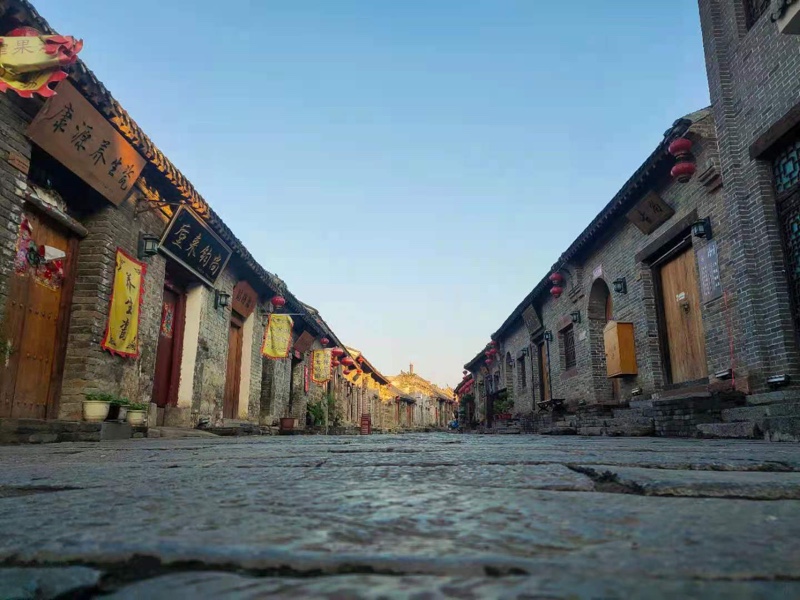
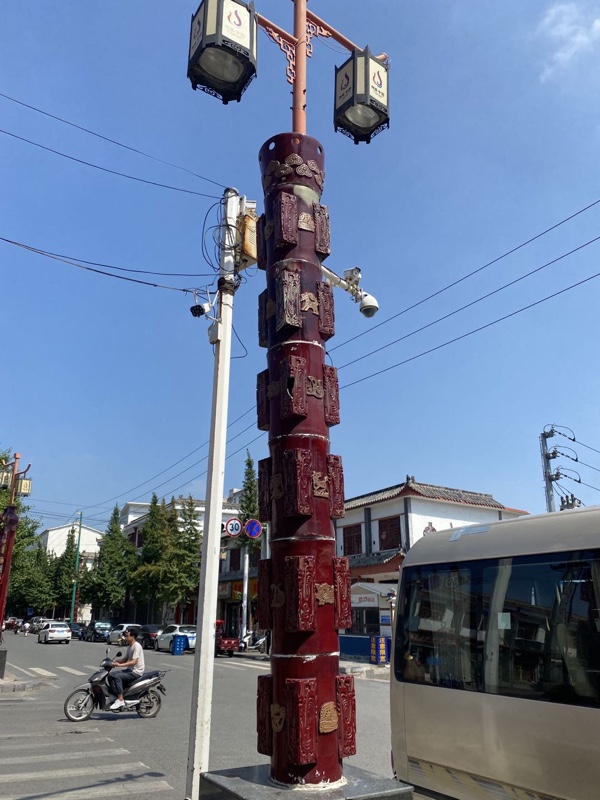

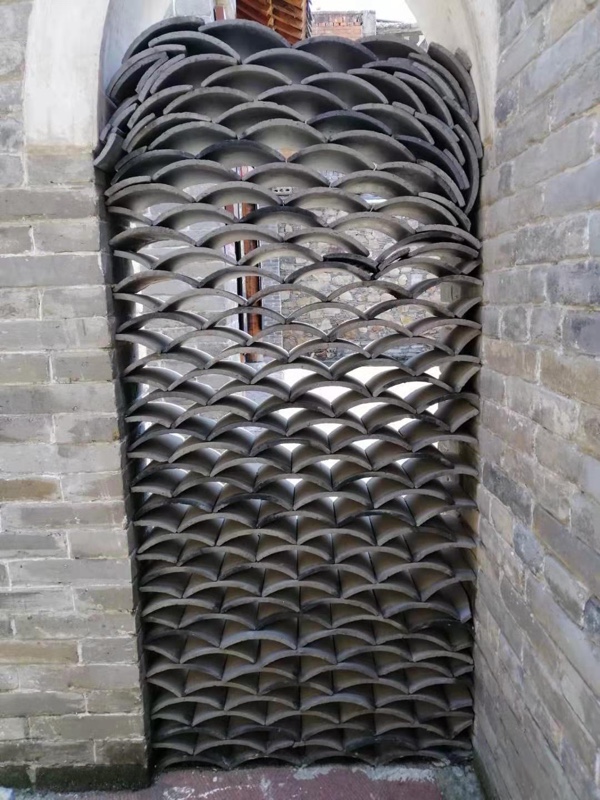
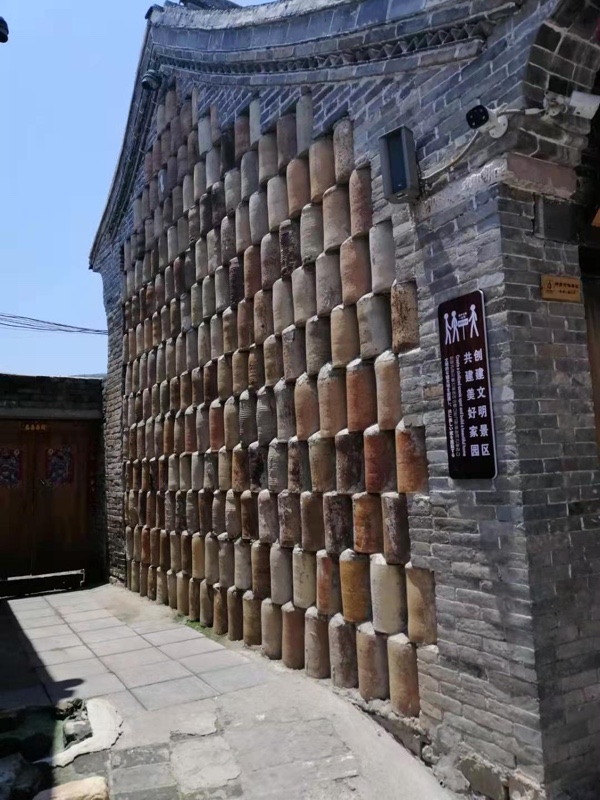
The porcelain produced in this town is very special because of the local clay. Unlike the clay in other areas; when it is fired that is when the natural colour and patterns show. In essence you don’t actually know what the item will look like until it comes out of the kiln. Because of this the motto of the town is ‘By chance and By nature’


Some pieces are perfect and in the olden days were used only by the Royal Family. Nowadays the top pieces are given by the government as state gifts. On the pieces below you can see the natural patterns and perfect colours.


Only the most perfect items are accepted. Any pieces with even a small imperfection are destroyed. The picture below is the ornate door into the office where high officials decided the quality of pieces. Only 36 would be chosen each year from all the craftsman.
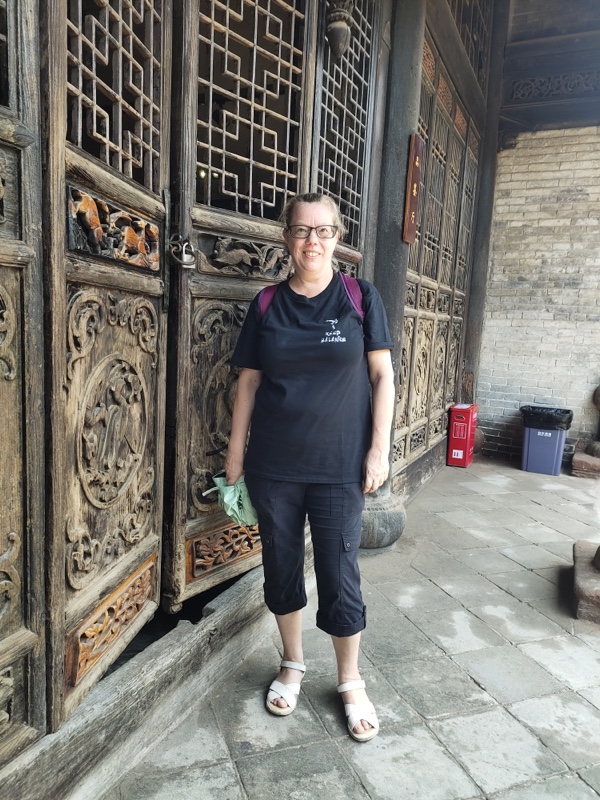
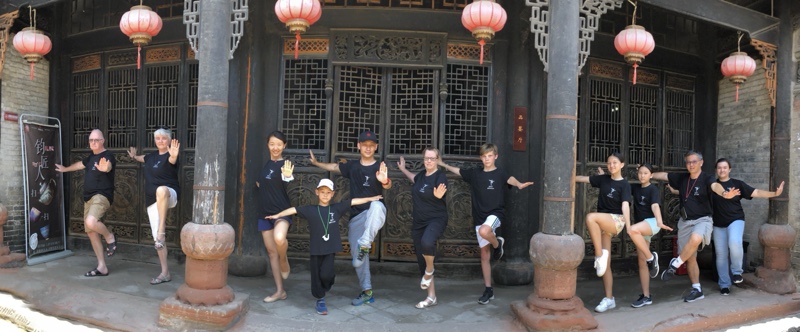

We stayed at the Gepu Hotel on Old Street which has to be one of the nicest and most tranquil places that we have ever stayed in.
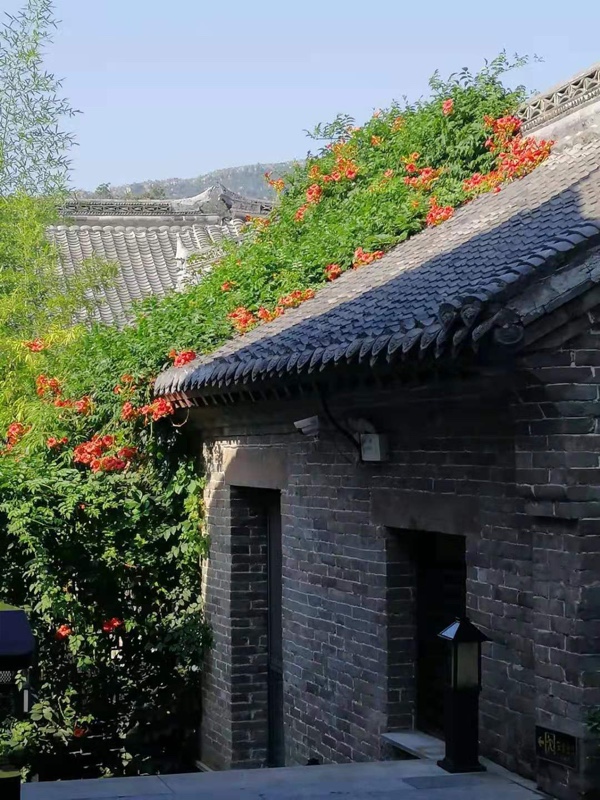
We all wished that we could stay there for longer just to rest and luxuriate.
The food was local and tasty if probably a little too plentiful. This is breakfast. It was the very first time that I had been given pepper soup
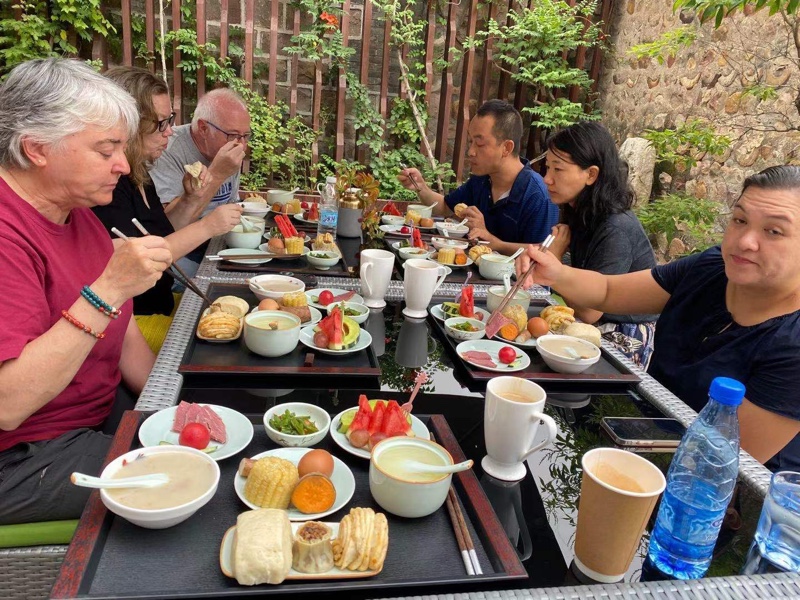
It had a gorgeous private courtyard that was perfect for early morning Taiji and meditation.
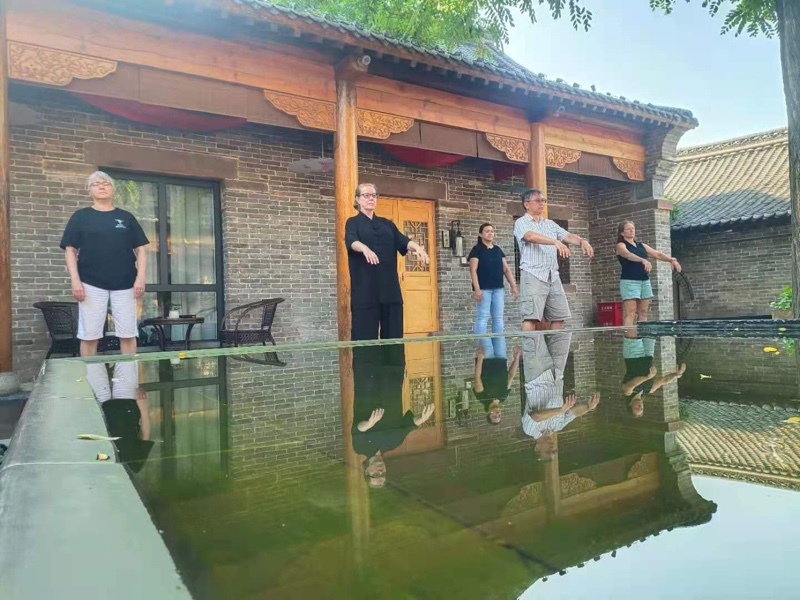
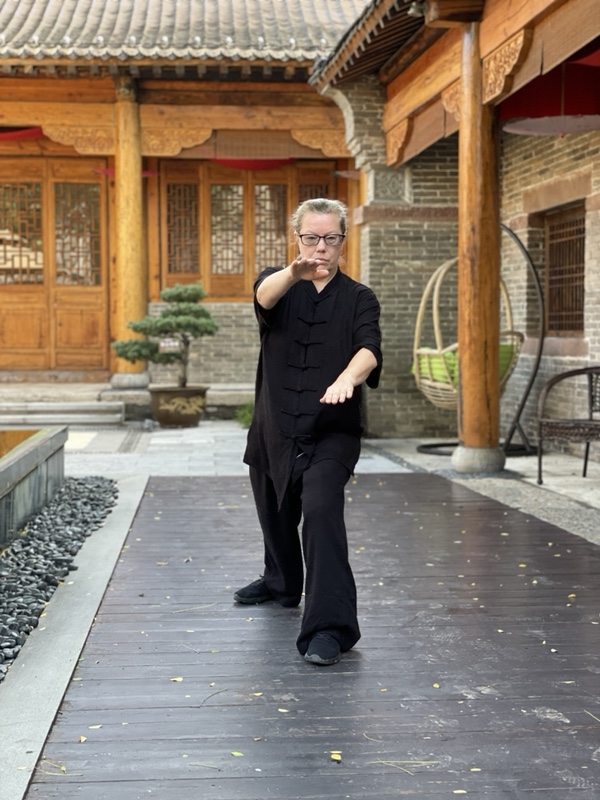
This is Shifu in front of his childhood home. There was a new family there now but the children let us in. It was fascinating for us to see inside a home rather than just the tourist spots and hotels.
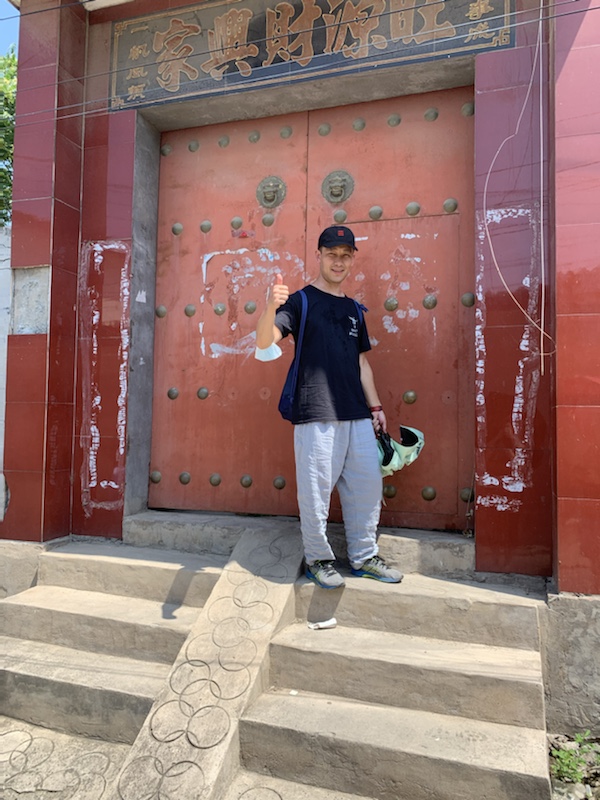
We got chance to have a go at a bit of pottery throwing ourselves. It was very tricky and not as easy as the pro guy made it look. What did I make? A mess!
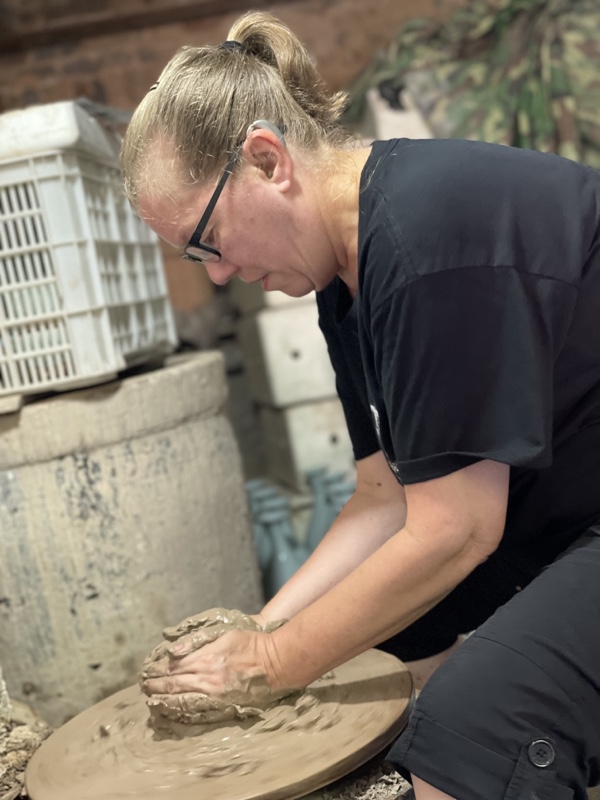
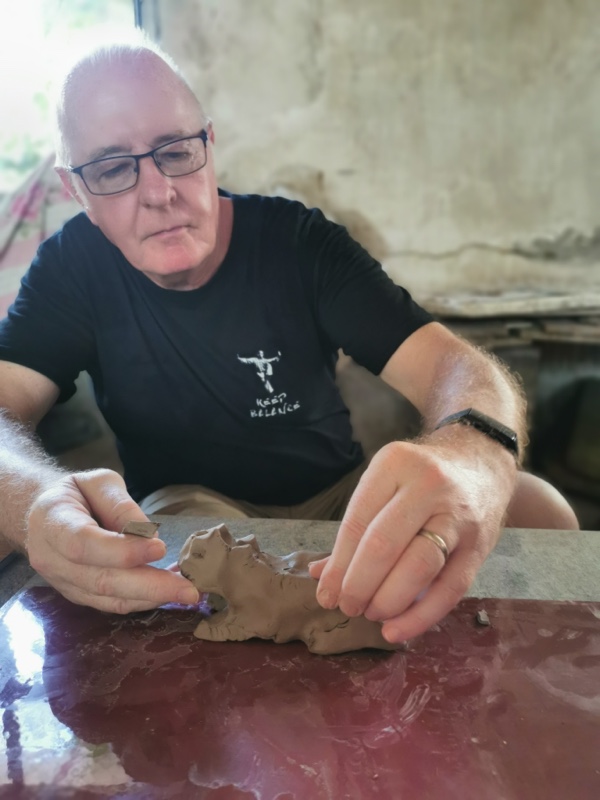
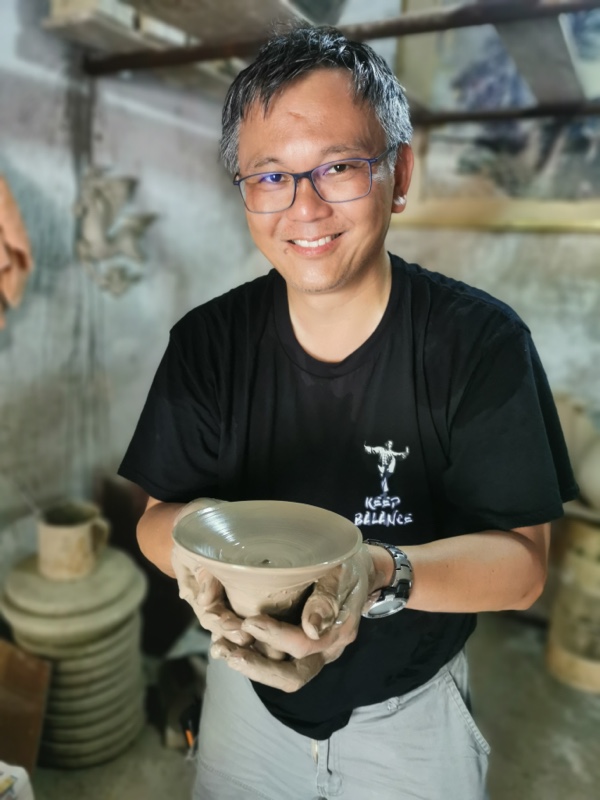
The next morning we attended a special ceremony. This is not something open to the public but Shifu’s friend has the workshop next door to this factory so he wangled us an entrance.
Basically after 3 days in the wood fired kiln, the China was ready to be opened and examined by the artist.
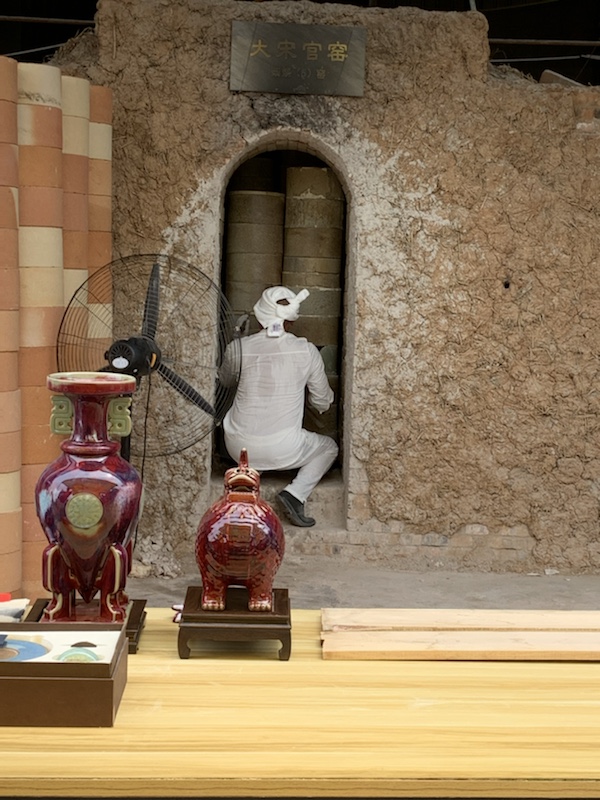
The items were arranged in lots. Notice that there is no #4. This is because the mandarin for ‘four’ sounds very similar to the word for ‘death’ so it is considered to be unlucky. You don’t every see a 4th floor in buildings!

The gong was sounded and this event which was being live streamed on the internet began. People began to call in to buy an unseen piece. All cost 2000 rmb (£260). When a bid was received it was opened and the artist gave the piece a thorough examination. If it was perfect then the person had purchased an item which could be valued at many times more than the price.
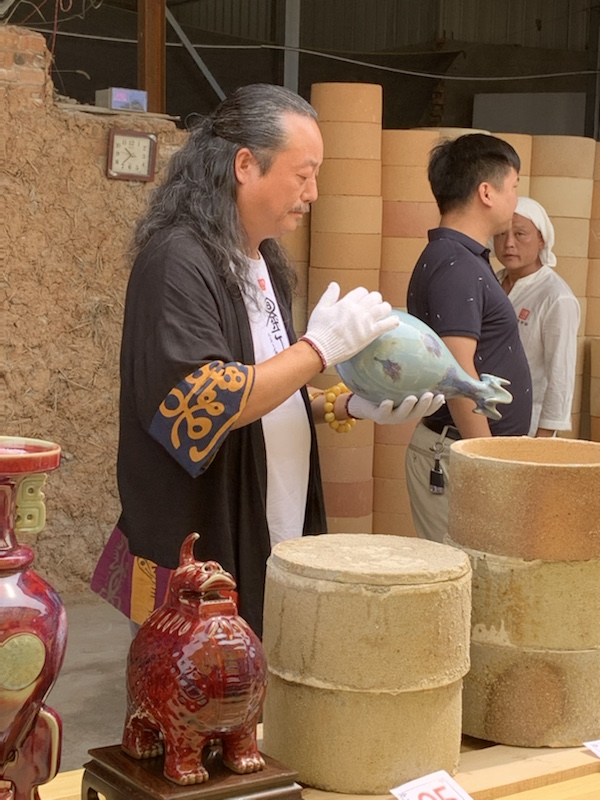
If an imperfection was found by the artist then the item is smashed. It’s an all or nothing game. The standards are so high that there are to be no seconds on the market.
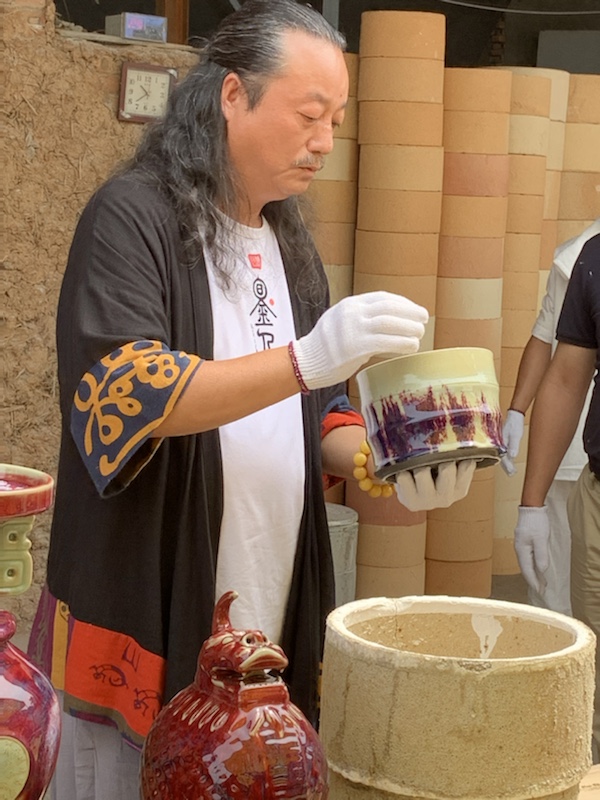

On average 90% of the pieces made end up being smashed. It seemed a little harsh on the buyers but apparently they would receive another item to the value of 2000 rmb but from the gas-fired, mass produced factory. It is a gamble whether you end up with a priceless piece or not.
And what do they do with all the smashed up vases? Well, this town had the most attractive gutters that I have ever come across!
